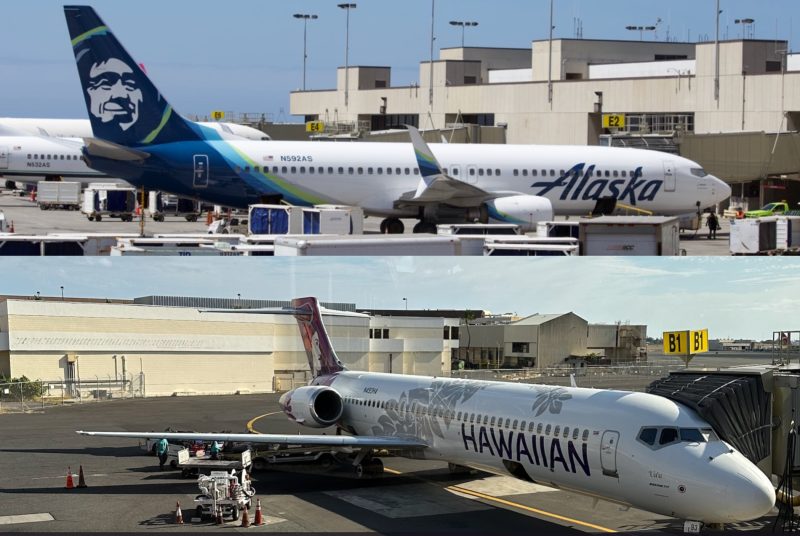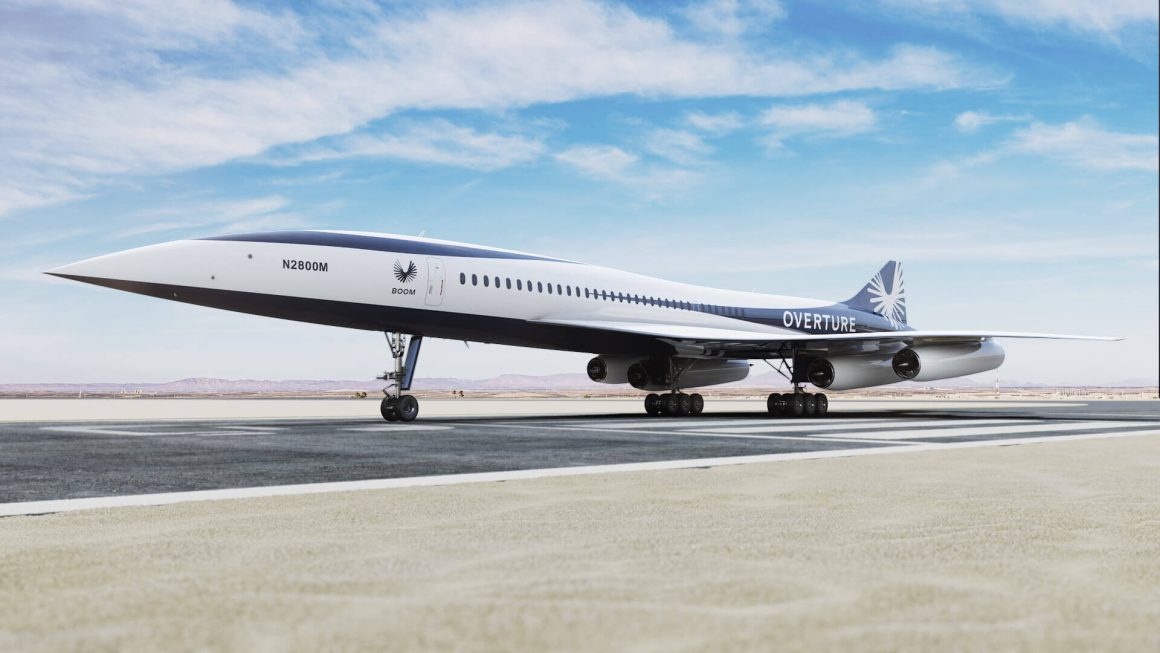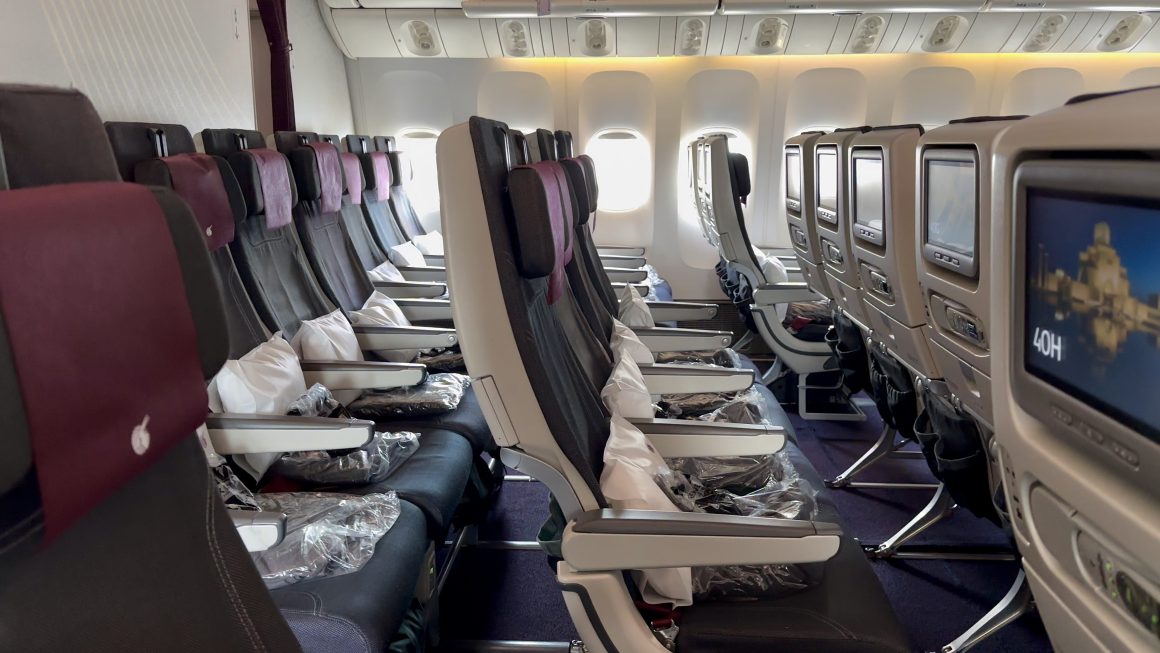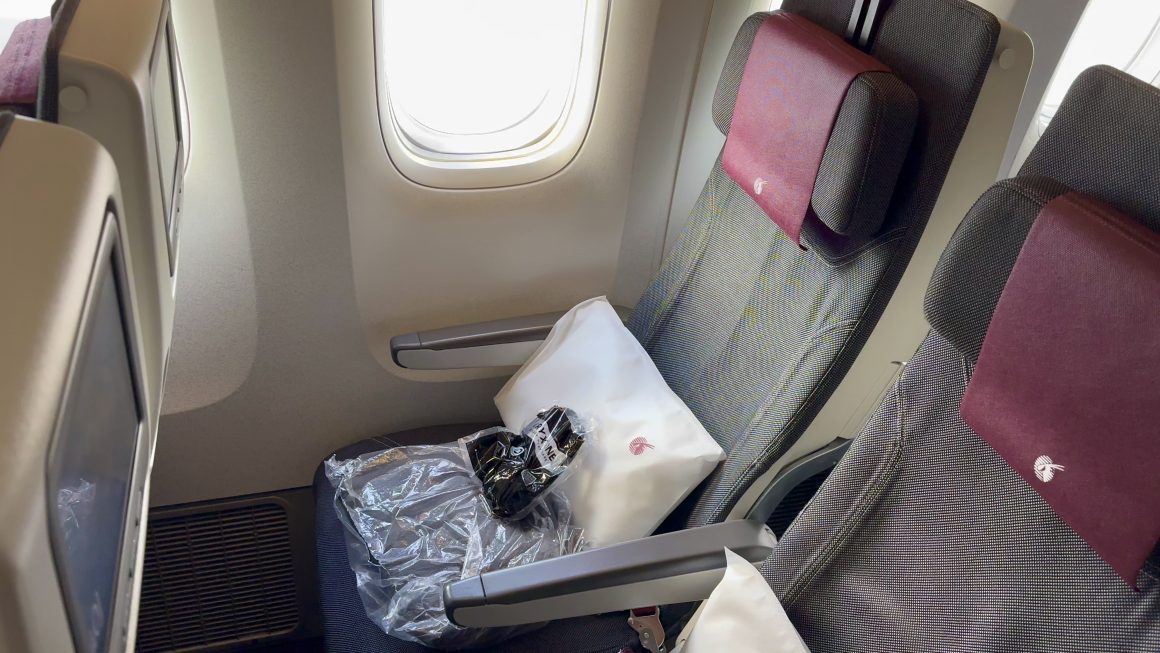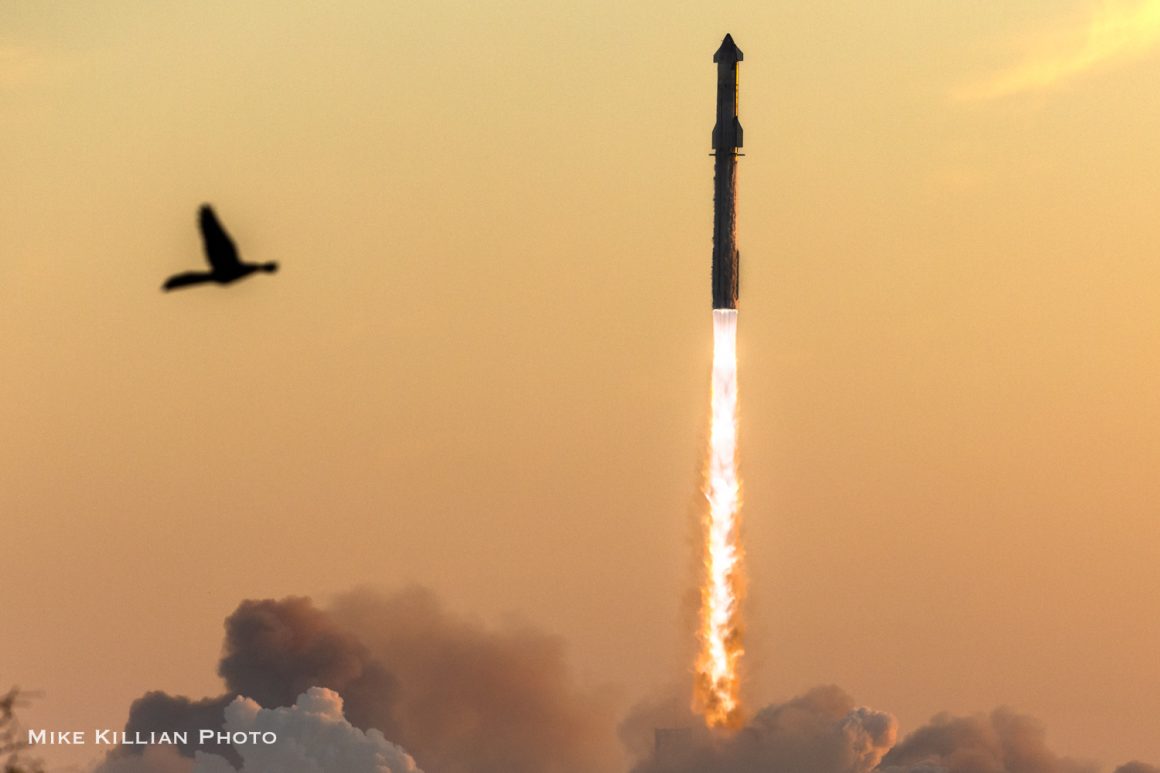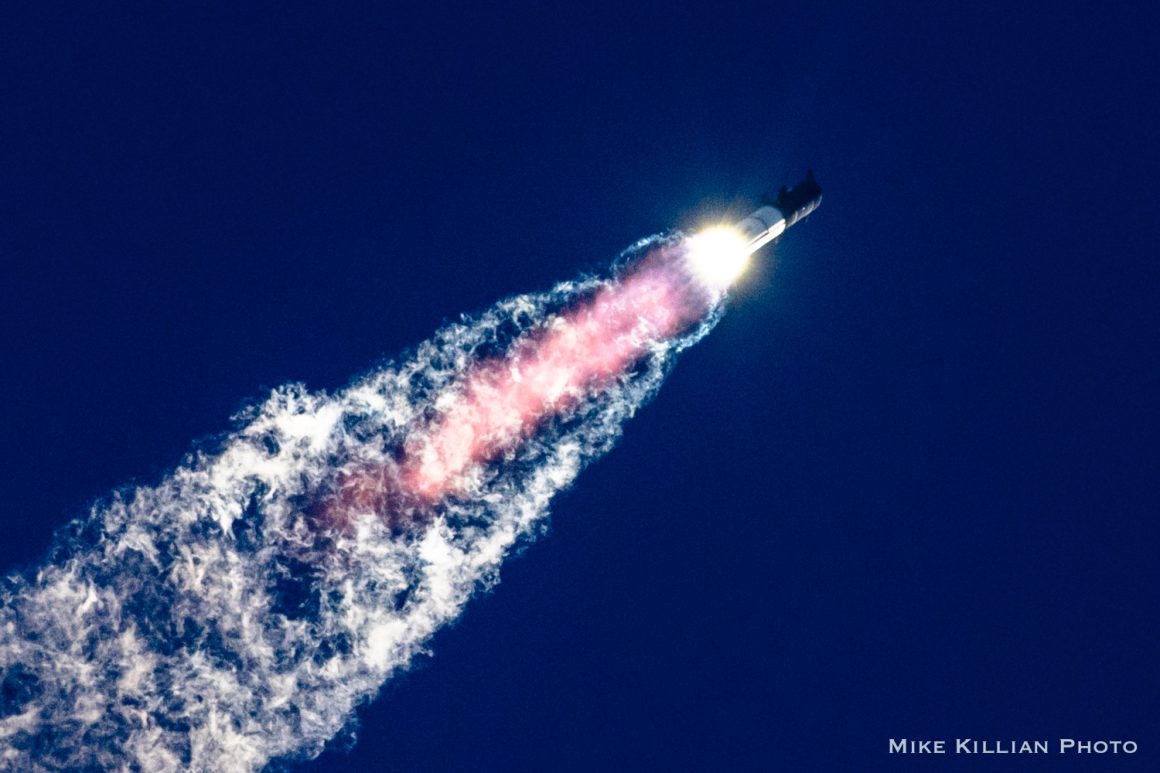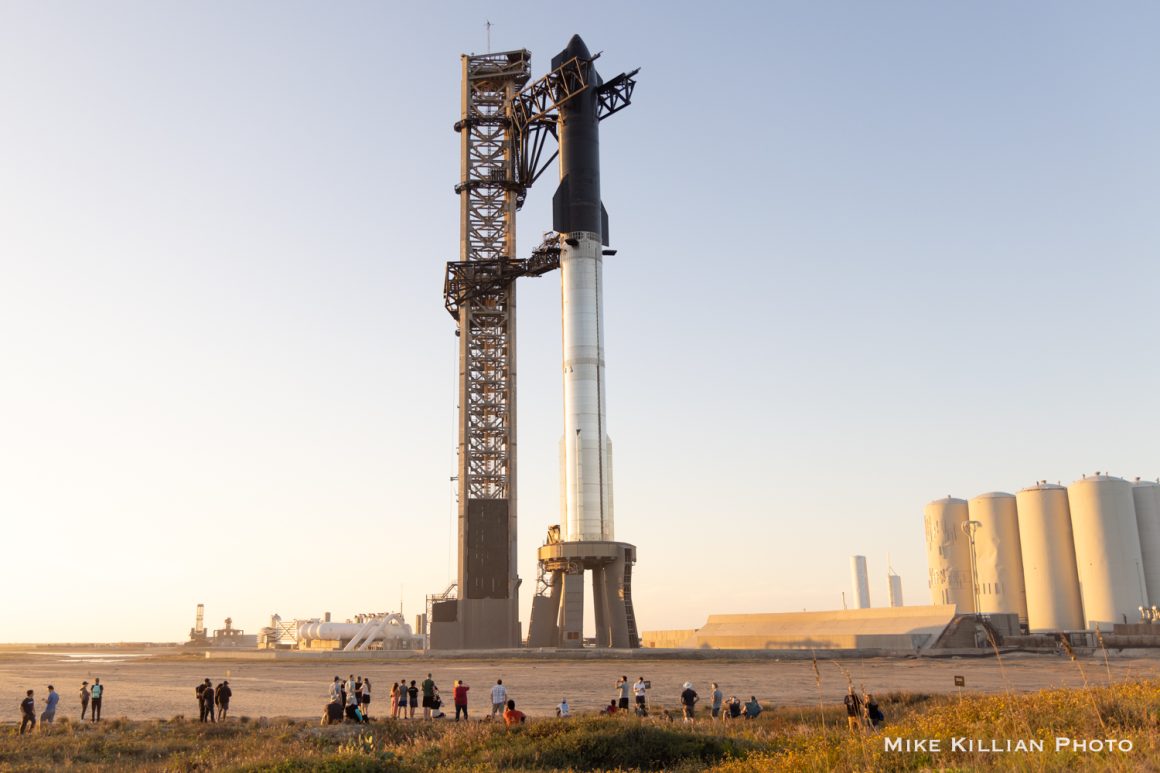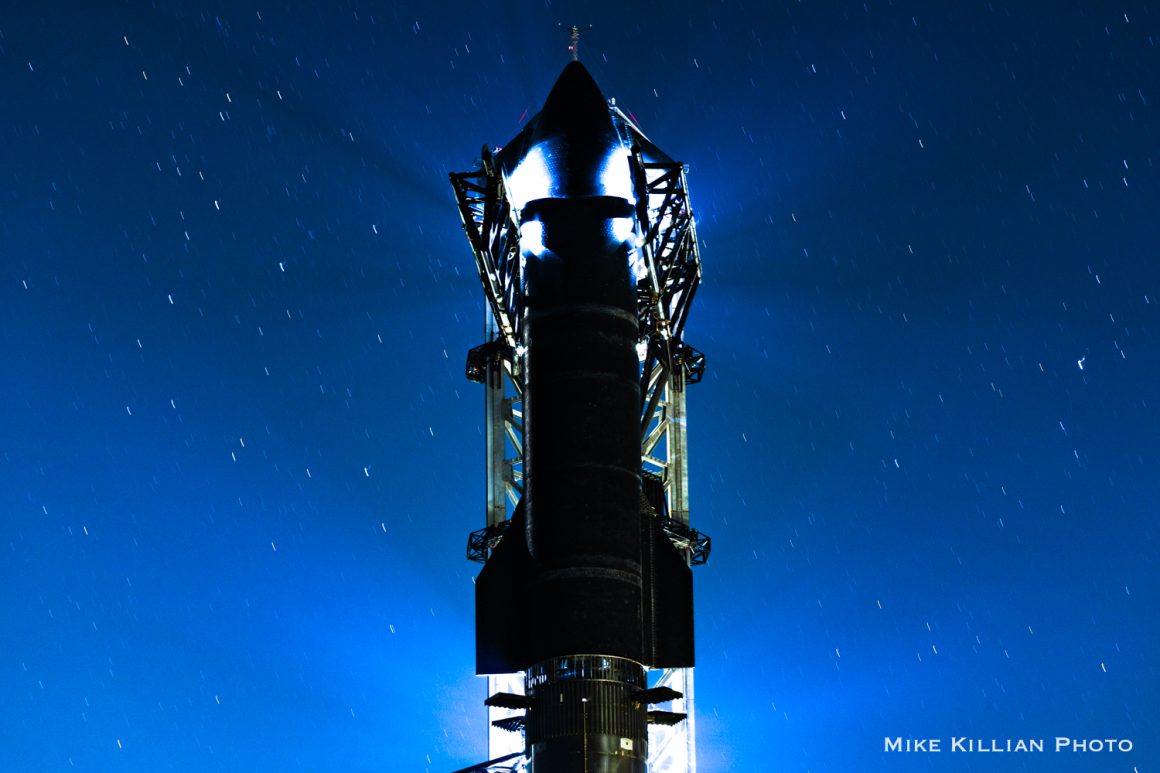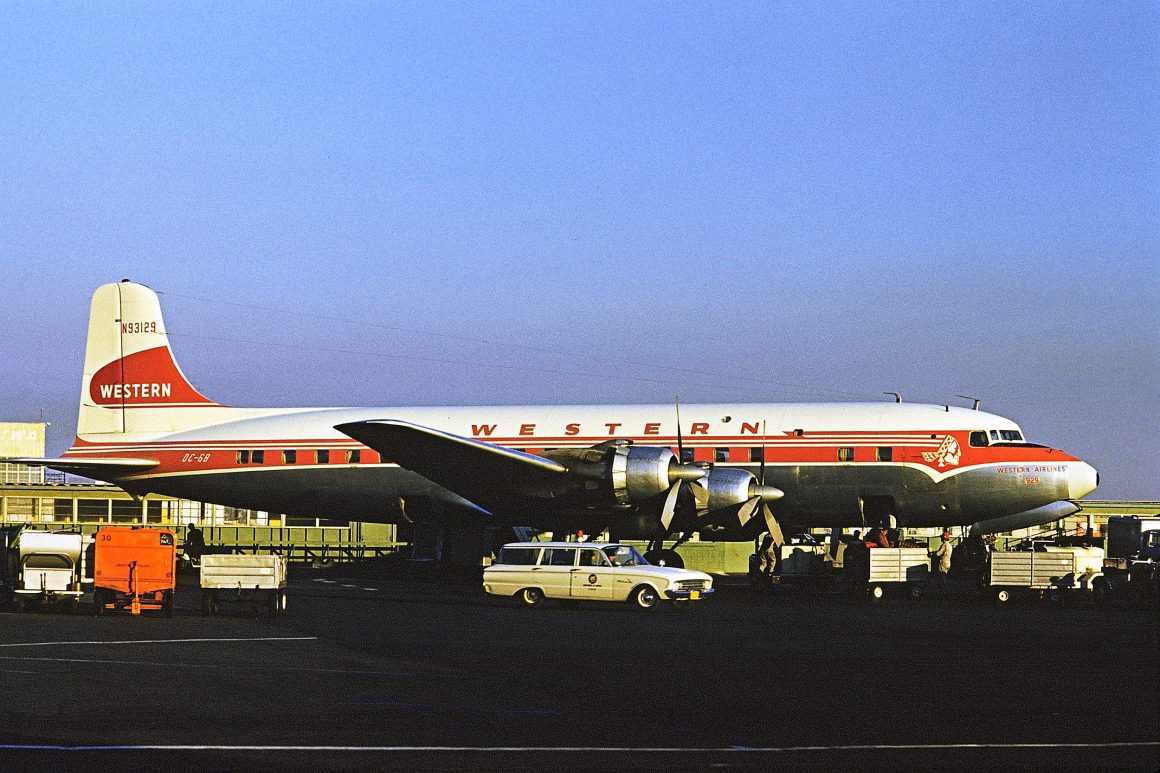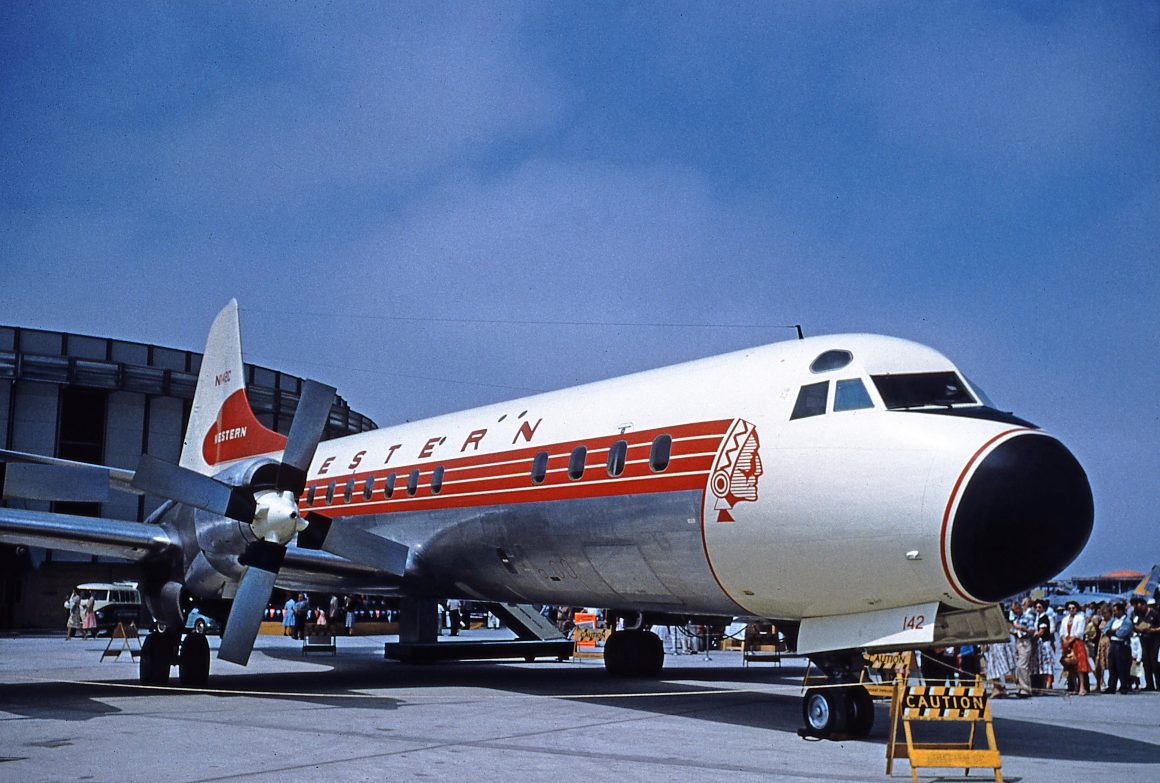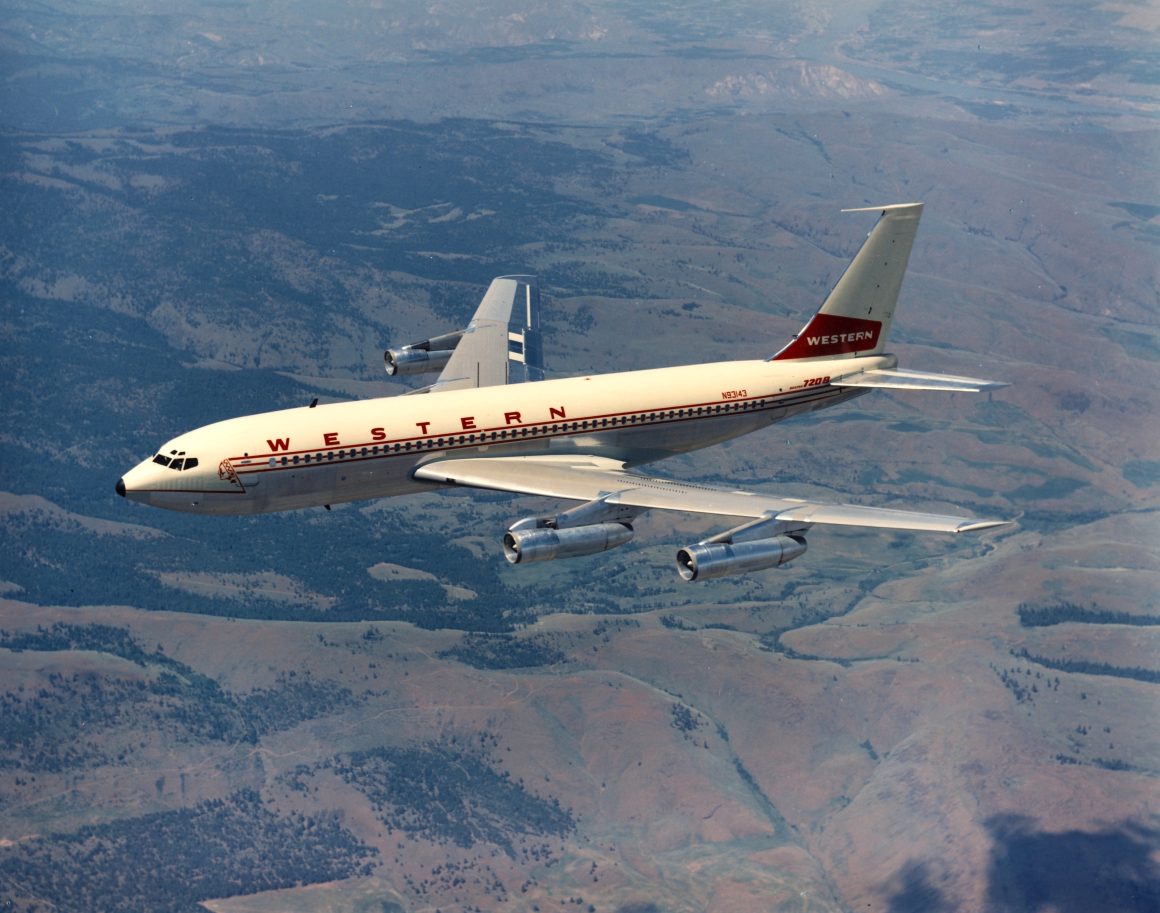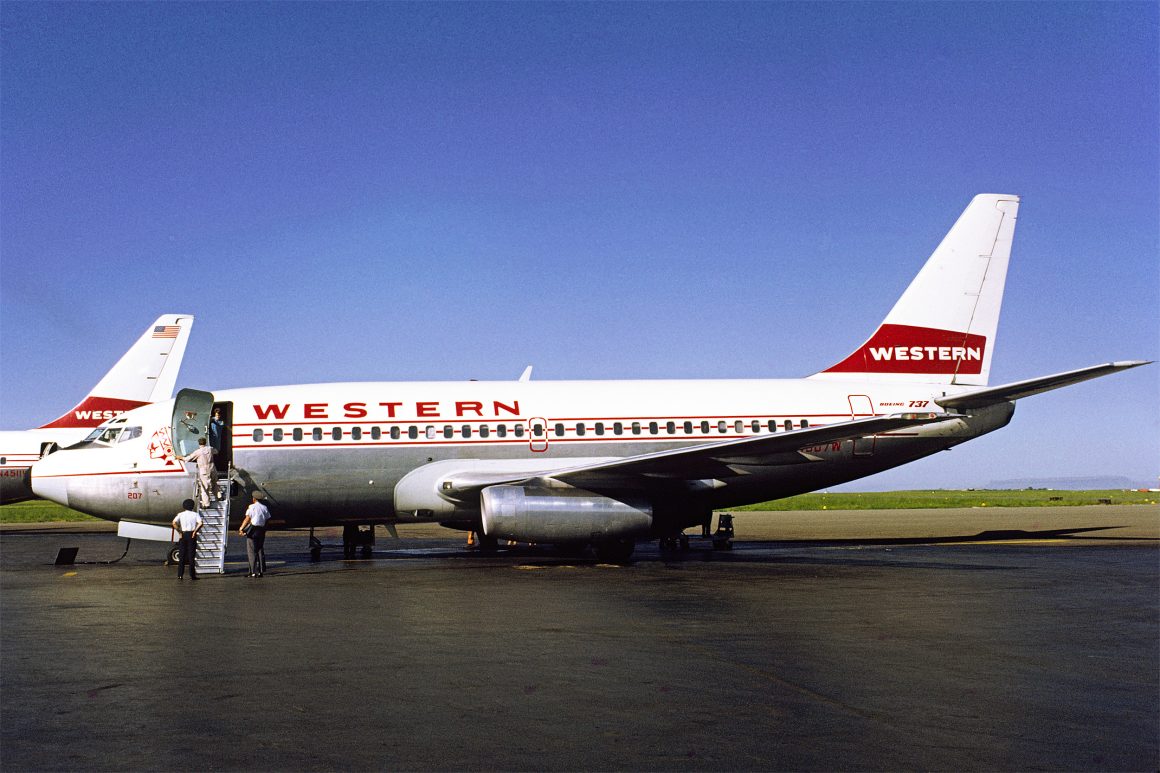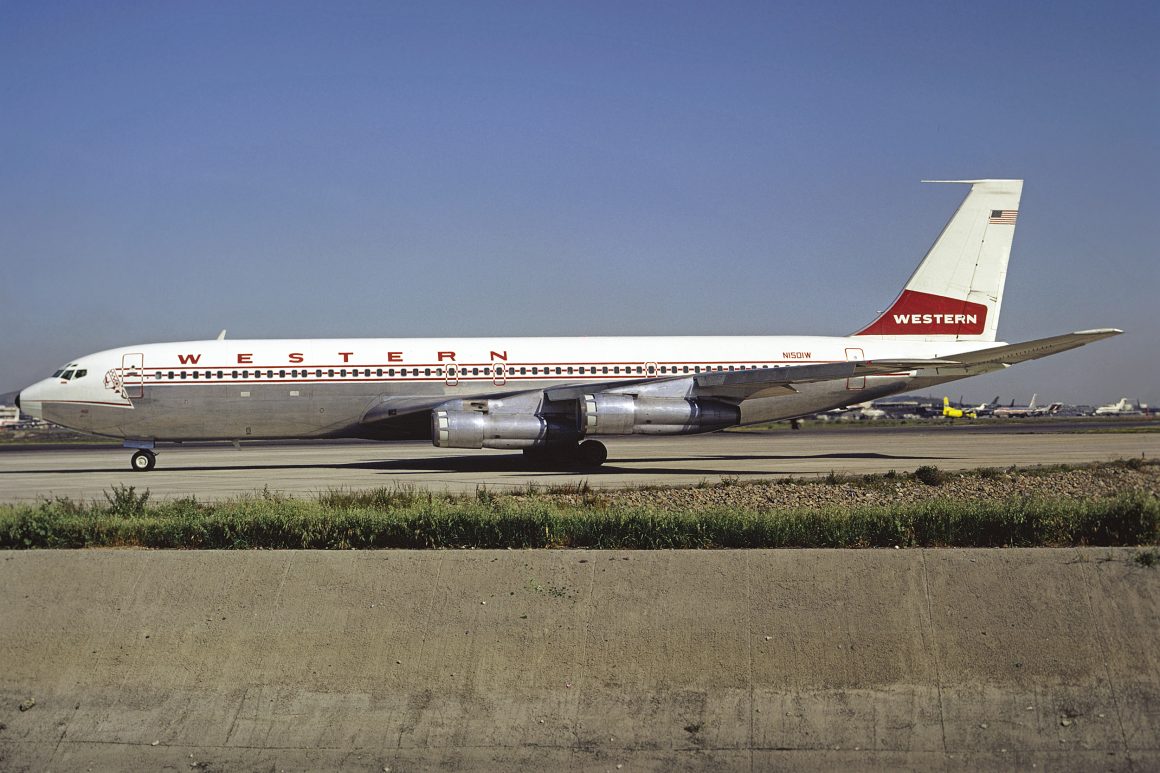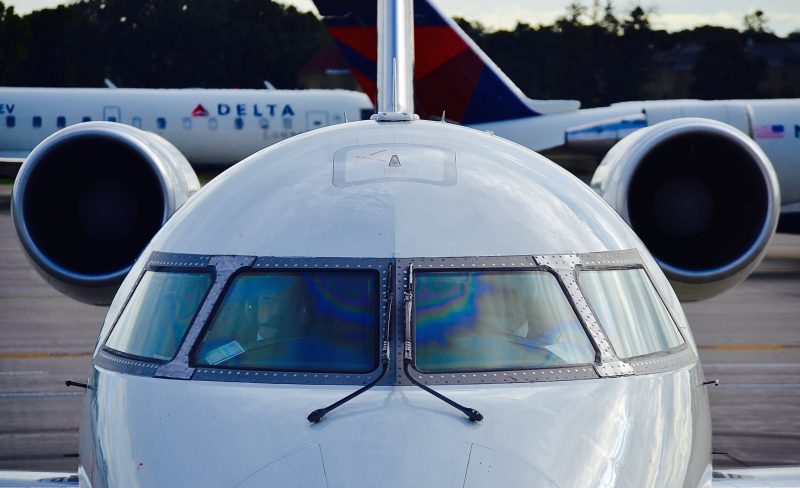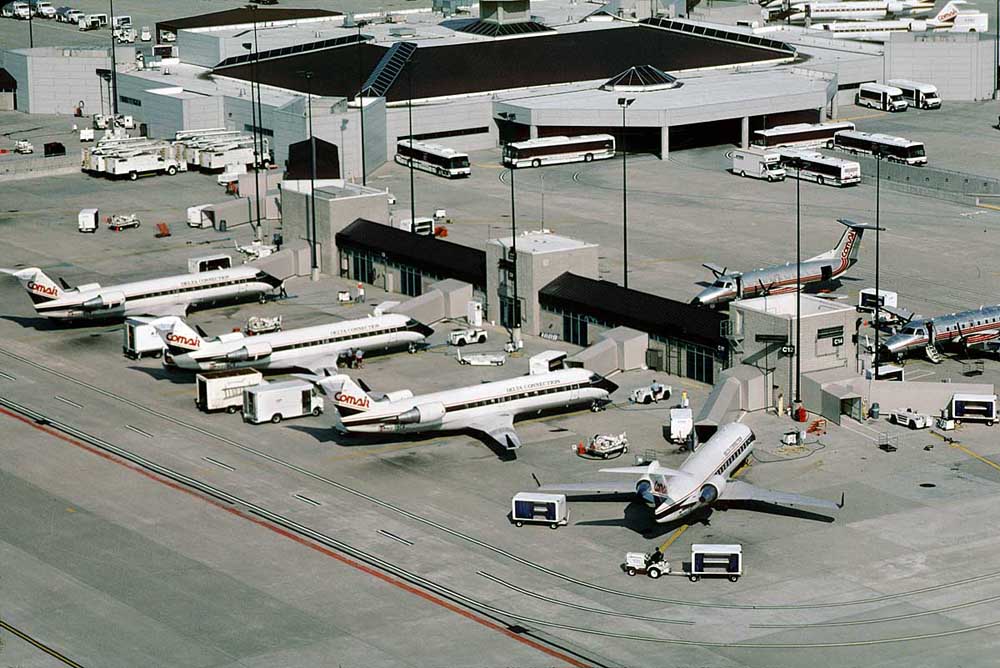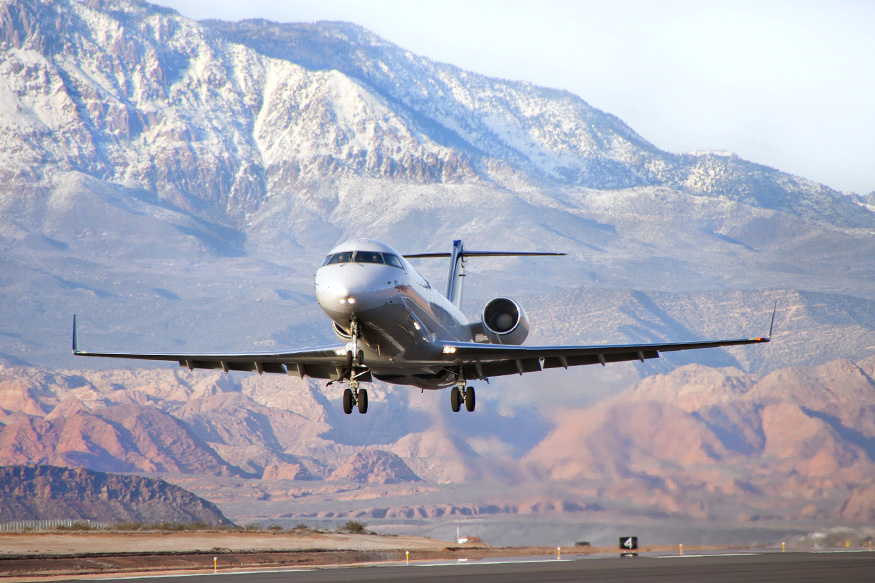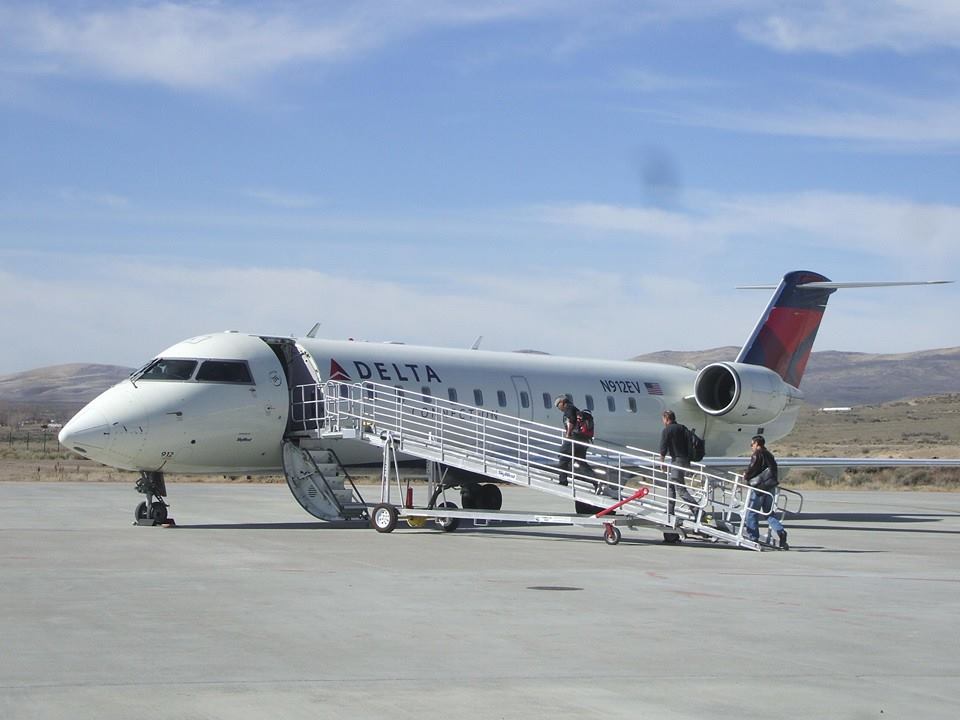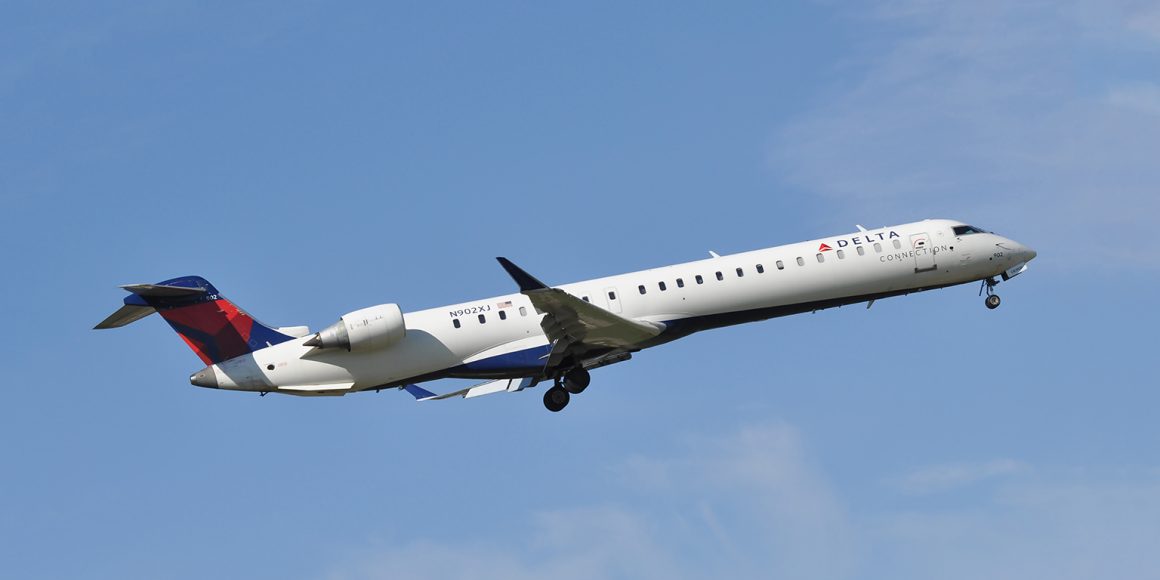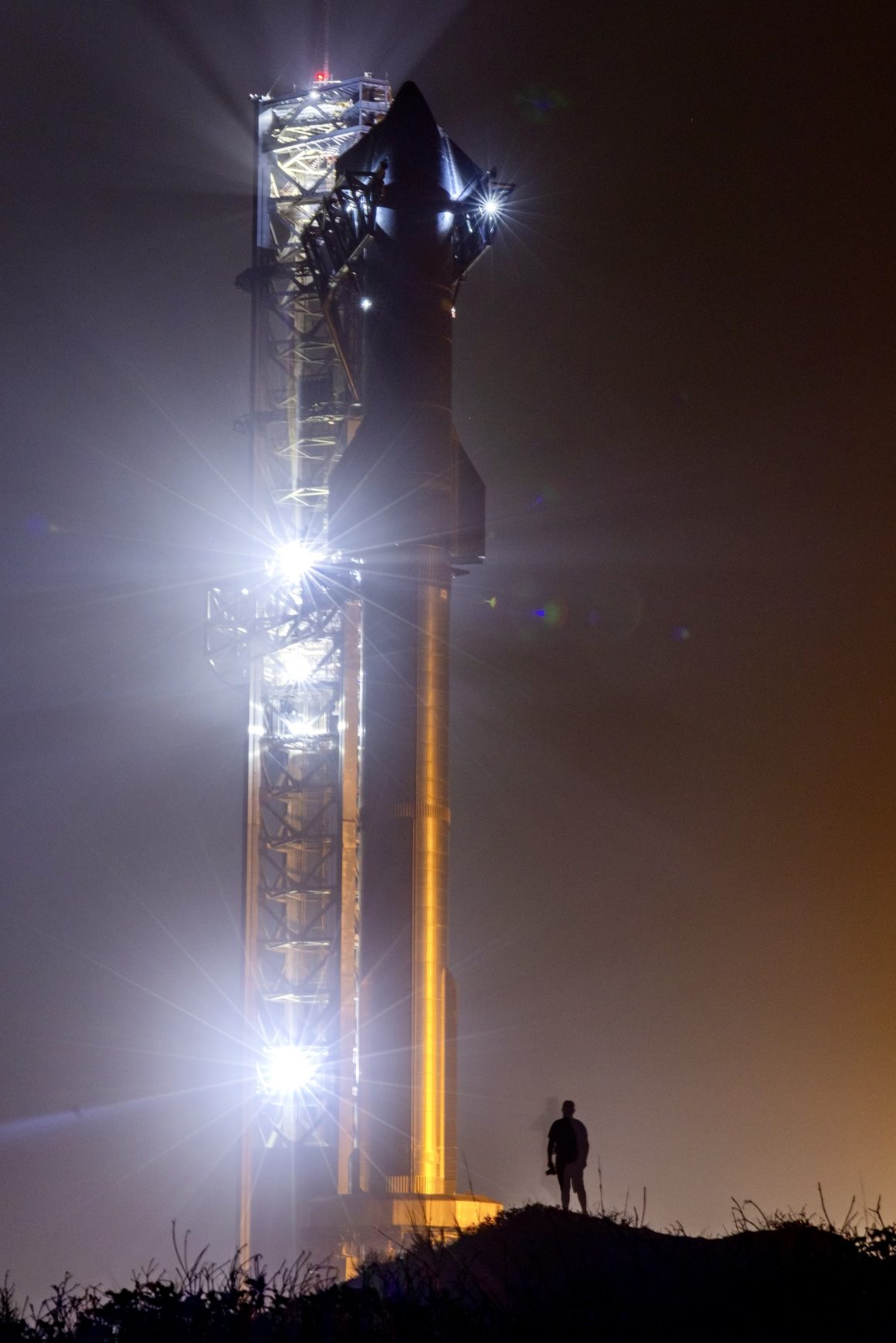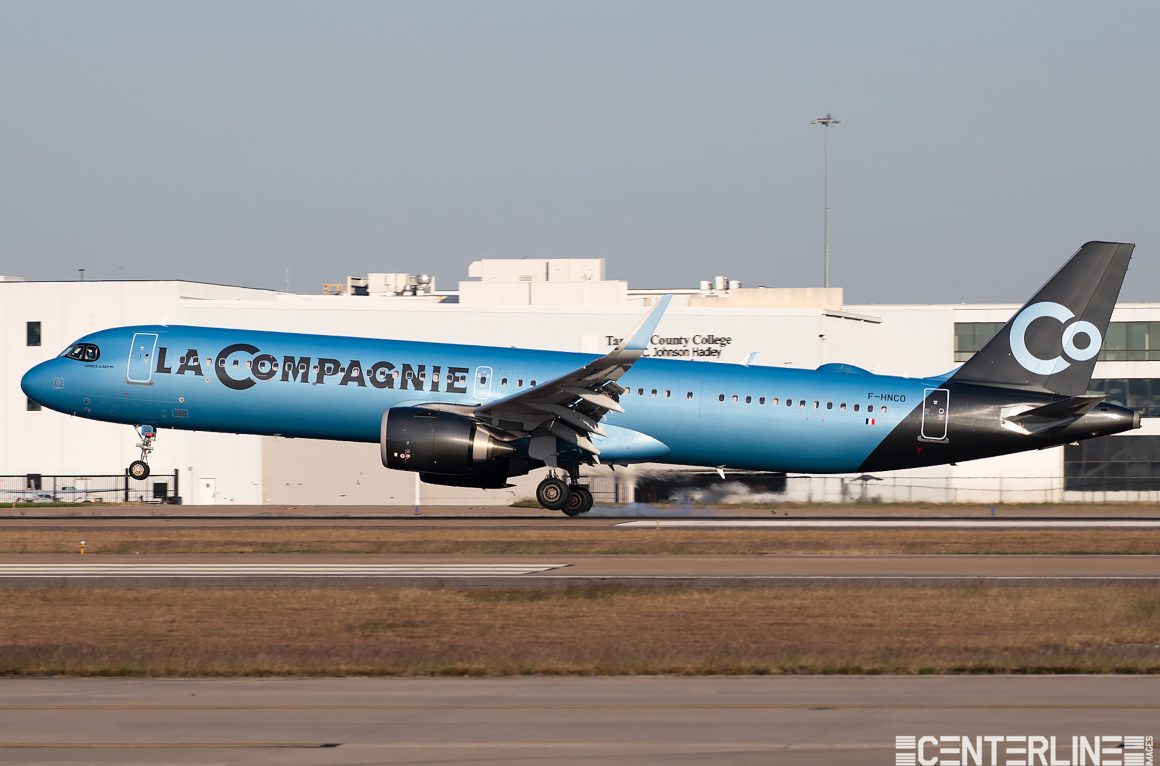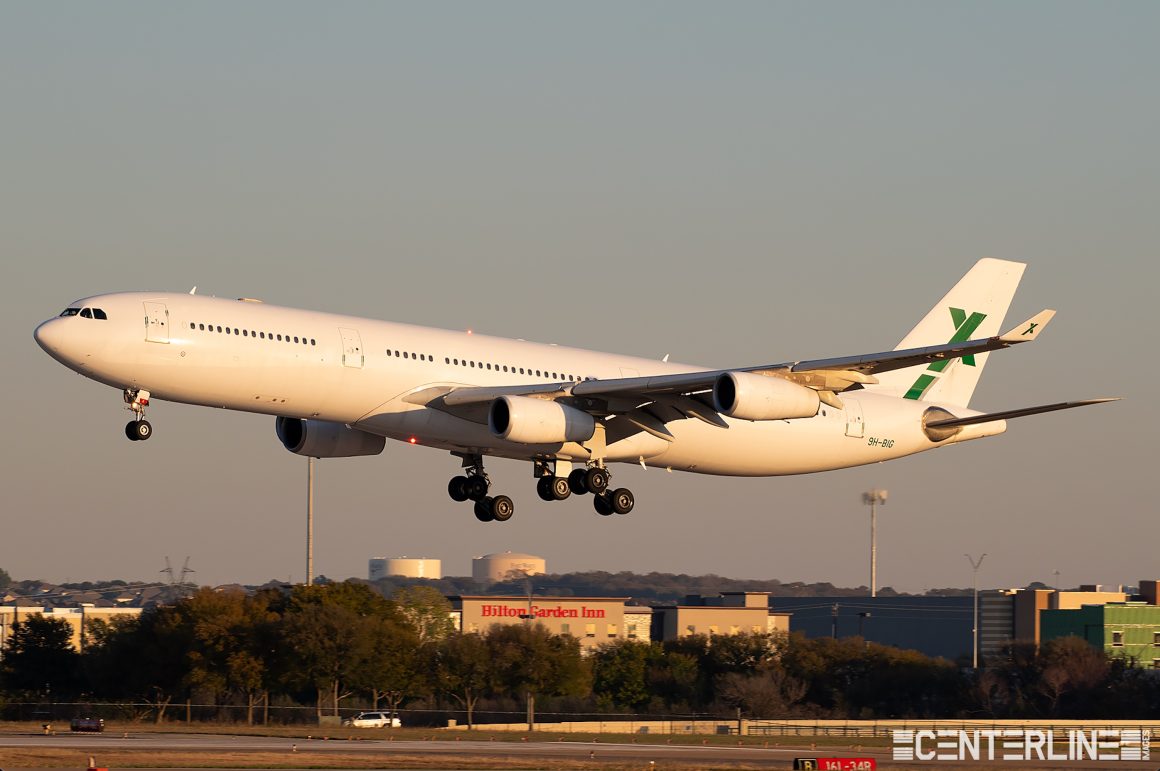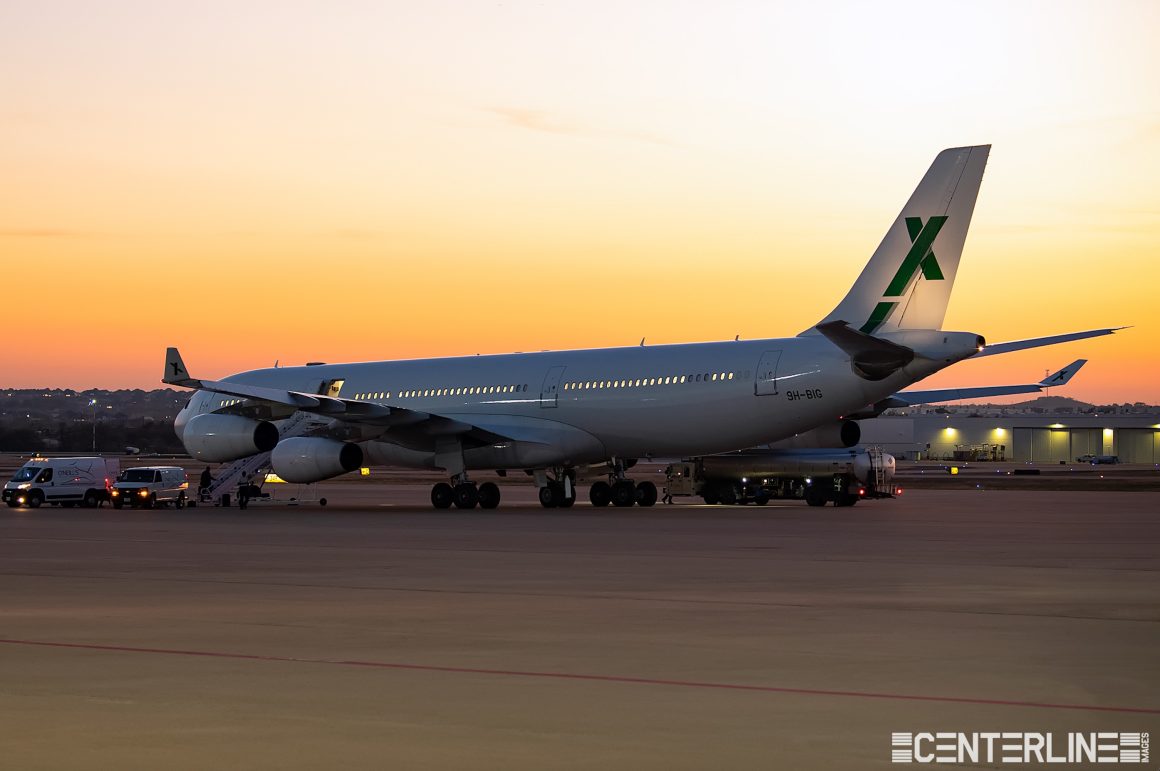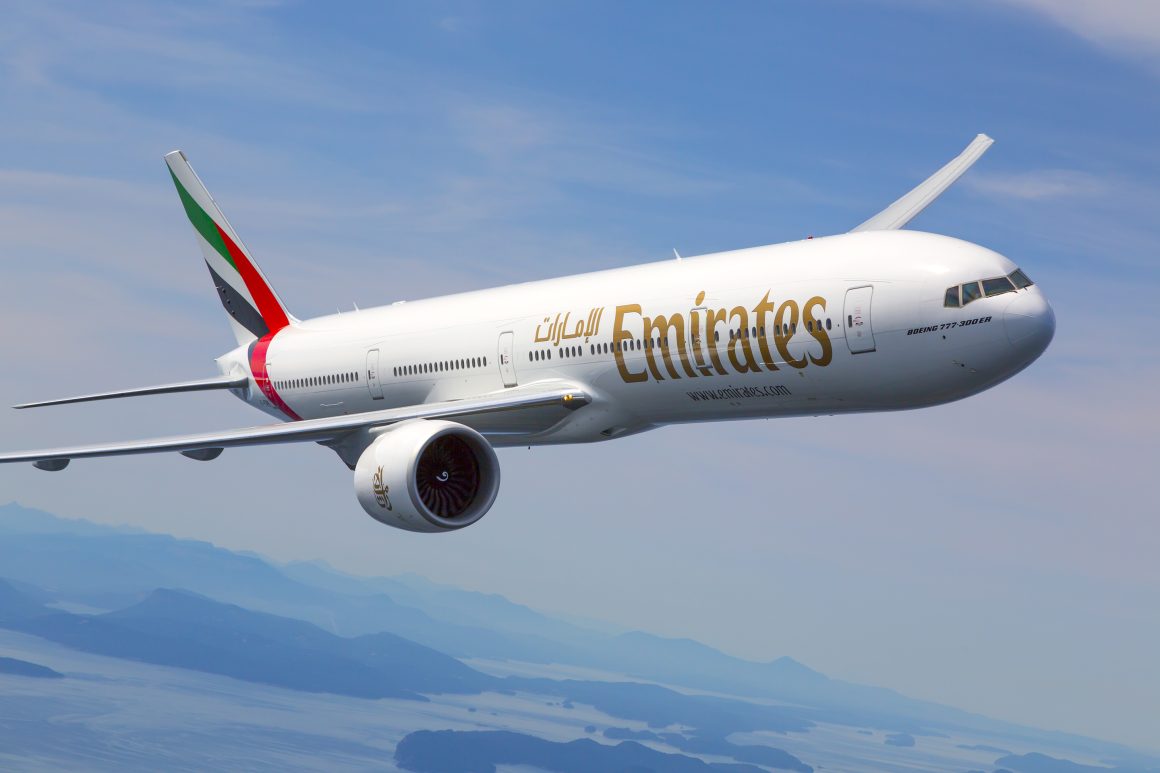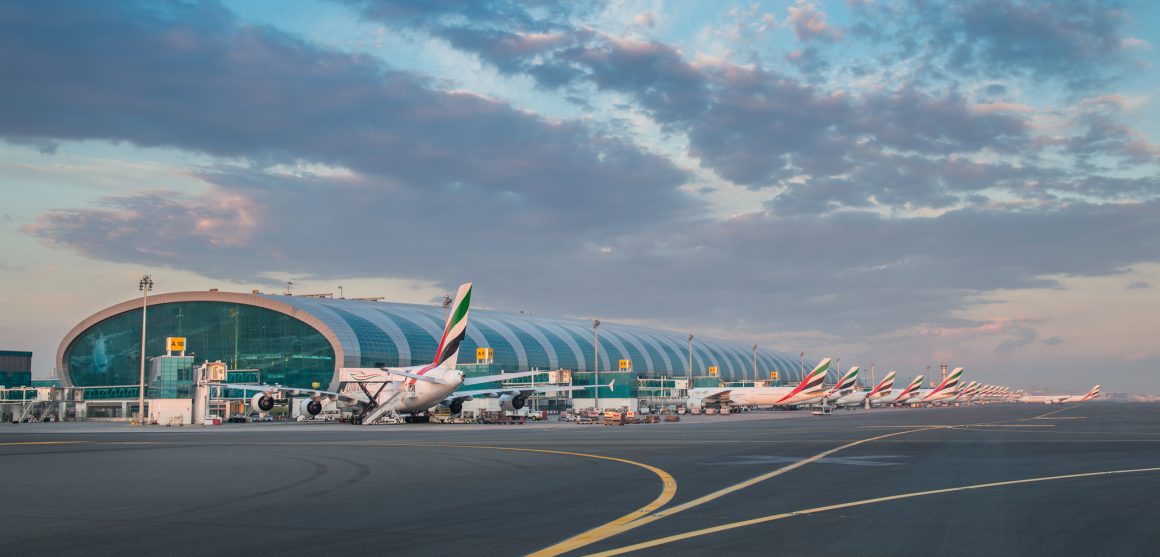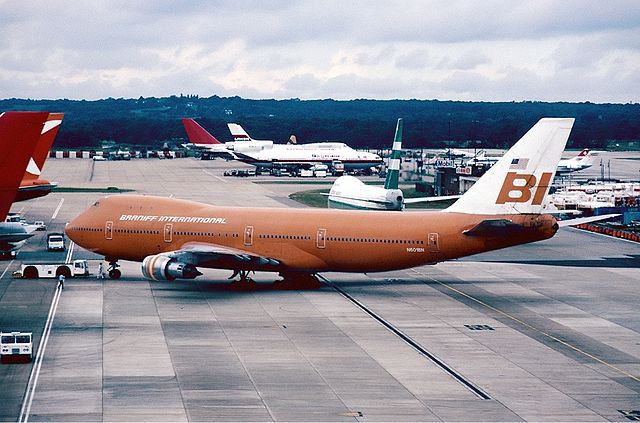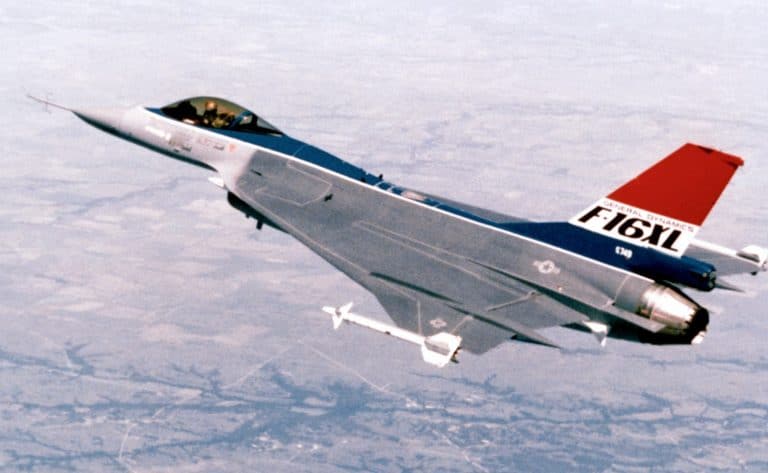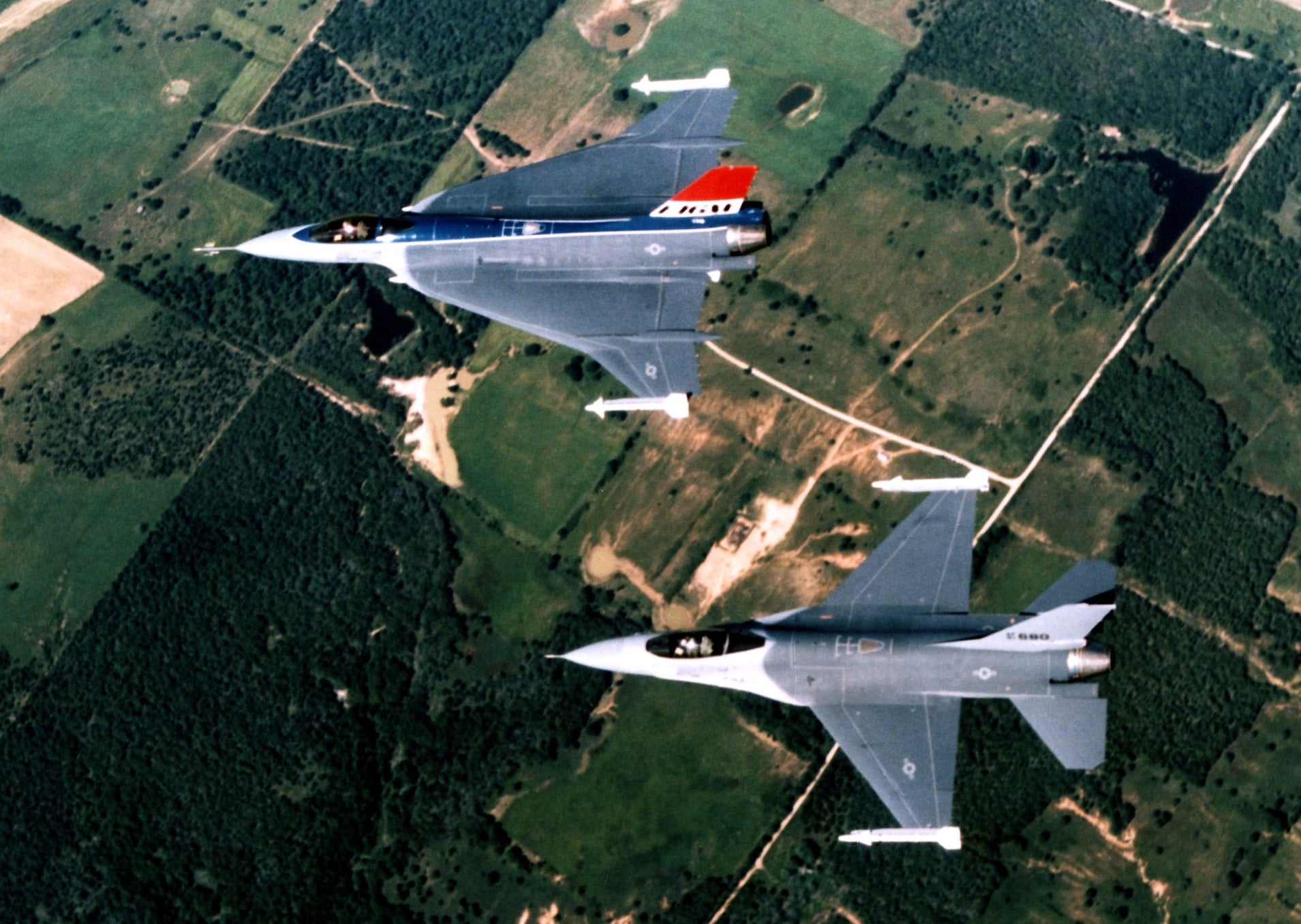Earlier today, Alaska Airlines announced that they will be acquiring Hawaiian Airlines in a $1.9B purchase. Each airline will retain their branding. It is being sold by the two companies as an opportunity to grow at scale, serve customers better, and ensure the strength of both companies.
This merger connects Hawaiian directly to a larger partner and enters them into the OneWorld Alliance as well. Still, there are a number of open issues about the surprising announcement. It’s fun to speculate.
1.) Brand Perception of Two Airlines Under One Brand

Alaska Airlines’ decision to retain both its own brand and that of Hawaiian Airlines post-merger raises questions about customer perception. Historically, in the airline industry, such dual-brand strategies have had mixed results, as exemplified by the Frontier/Midwest/Republic merger, which ultimately led to the consolidation under the Frontier Airlines brand. While it might work in the car rental industry, there are very few examples of this strategy working well in the airline industry.
2.) Local Reaction in Hawaii

The merger’s impact on Hawaiian locals is uncertain. There may be concerns about potential changes in service quality, pricing, and the preservation of a distinctly Hawaiian travel experience, which has been a hallmark of Hawaiian Airlines. Hawaiians are very proud of their hometown airline. This issue could be nothing or it could blow up into a larger issue that hinders integration at the regulatory level.
3.) Fleet Strategy for the 717

The fate of Hawaiian’s Boeing 717s is an interesting issue here. Earlier this year, Hawaiian floated the issue that they are already thinking about replacing the 717 sometime in the not so distant future. Alaska Airlines might consider transitioning these routes to Horizon Air or integrating Boeing 737s for inter-island services, similar to Southwest’s approach. This could lead to brand confusion as Alaska jets fly more inter-island routes (see #7). The potential sale of 717s to other airlines like Delta could also be a possibility although it is likely that the Hawaiian fleet has too many cycles to be attractive for Delta.
4.) The Future of A321 NEOs
For Hawaiian, the merger with Alaska offers a solution for the A321NEO engine inspections issue. It will be able to take advantage of Alaska’s capacity during this painful inspection period without drawing down service. However, this looming inspection process and merger raises questions about their long-term role of the A321NEO fleet in the merged airline. Alaska Airlines’ past decision to divest Virgin’s aircraft post-merger could indicate a similar fate for the A321 NEOs.
5.) A330s and Fleet Homogenization
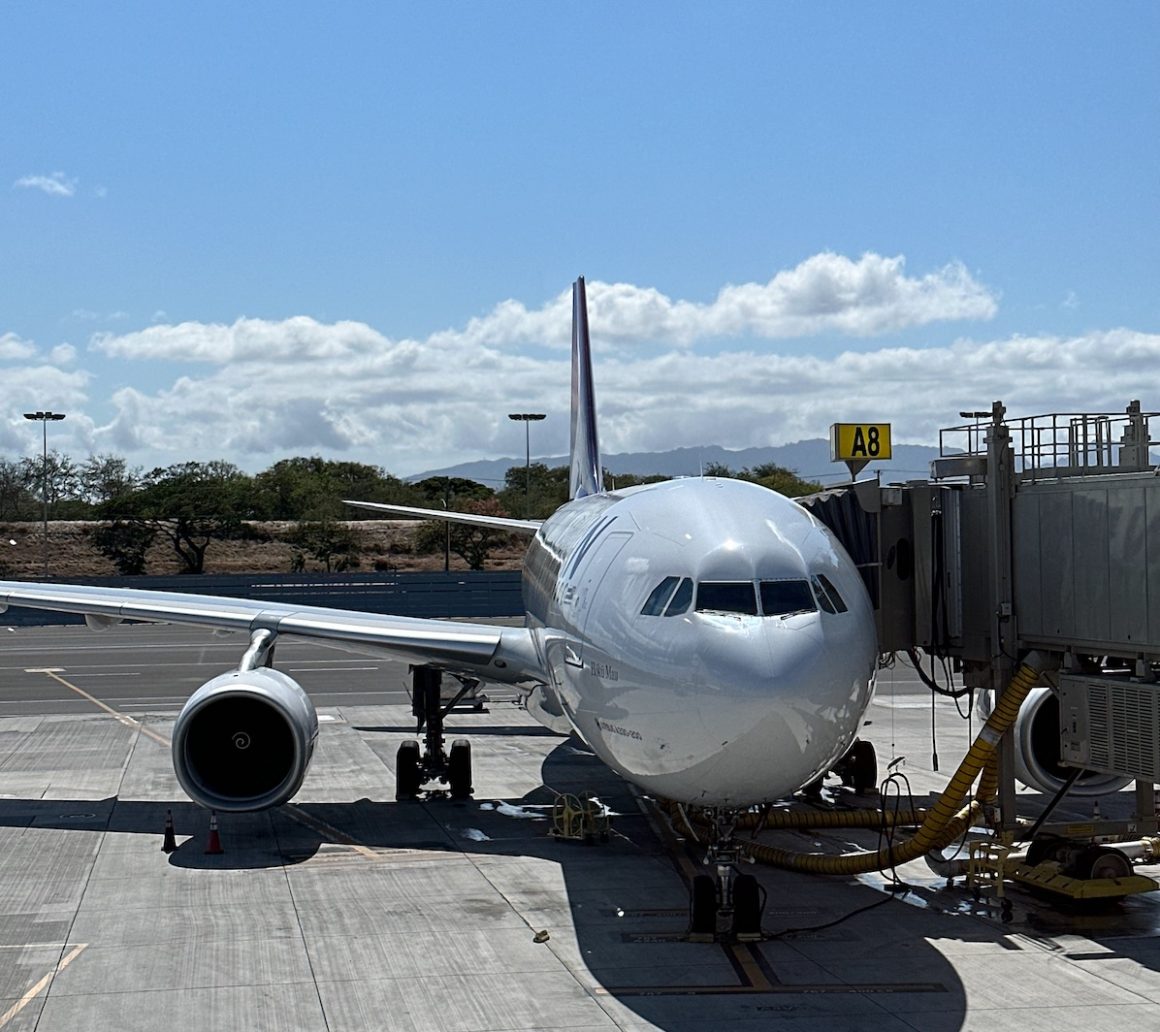
Alaska’s prior preference for Boeing aircraft prompts speculation about the future of Hawaiian’s Airbus A330s. Could there be a shift towards a Boeing-dominated fleet, perhaps incorporating the 787 Dreamliner, in line with Alaska’s fleet past preferences? It wouldn’t be a short term shift as the A330 was planned to make up the bulk of Hawaiian’s wide-body fleet for years to come.
6.) Implications for Amazon A330F Operations

The merger could affect Alaska’s cargo operations, specifically Hawaiian’s new Amazon A330F flights. There’s potential for expanded collaboration with Amazon which would give Amazon access to Alaska’s 737 fleet as well. Or Amazon could pull the plug on the partnership. Way too early to tell. However, it is an important question and unknown about this merger.
7.) Alaska’s Mainland Expansion Using Hawaiian Widebody Aircraft
With access to Hawaiian’s widebody fleet, Alaska could potentially introduce mainland Hawaiian flights to take advantage of additional capacity on trunk routes. This would mark a significant expansion, though the presence of Hawaiian branding on these flights might create confusion for years to come.
8.) Employee Response and Integration Challenges
Employee reactions, particularly among pilots, will be crucial to the merger’s success. Alaska Airlines has just settled into its post-Virgin merger phase, including adjustments to pilot contracts to make the airline more competitive in the limited marketplace for pilots. Integrating seniority lists and maintaining positive morale and retention will be a significant challenge. Alaska has experience from the Virgin America merger. However, this portion of integrating two airlines is always a challenge.
9.) OneWorld Alliance and American Airlines
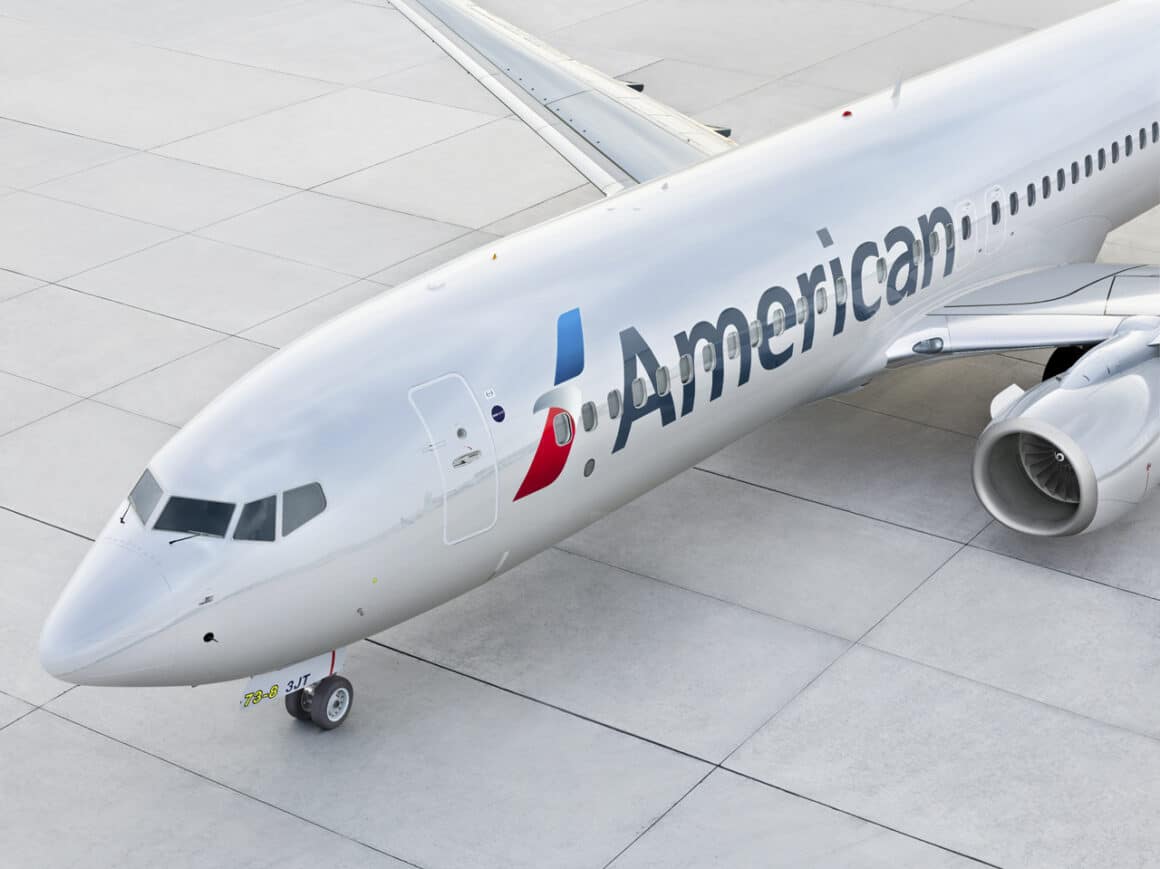
The merger’s impact on the OneWorld alliance, of which Alaska Airlines is a member will be interesting. The integration of Hawaiian’s network and operations into OneWorld’s framework will be closely watched by industry experts. This could be a big win for frequent flyers, opening up more seats.
However, it could also spell trouble for American Airlines. Alaska already has a west-coast partnership with Alaska. Given that American had to pull down its east coast alliance with JetBlue after JetBlue announced their merger with Spirit, American could lose out again with this latest announcement.
10.) Long-Haul Network Strategies

Whether Alaska Airlines will retain Hawaiian’s Asian and Australian routes is a major unanswered question that we won’t know the answer to for few years. The merger’s rationale appears to be market expansion, but Alaska’s history of streamlining post-merger (as seen with Virgin America’s JFK and Dallas routes) raises concerns about the potential reduction in Hawaiian’s long-haul services once the merger is complete..
This merger between Alaska Airlines and Hawaiian Airlines is poised to reshape the landscape of air travel, particularly in the Pacific region. The integration’s success will depend on strategic decisions regarding brand identity, fleet management, employee relations, and network expansion, all while navigating the complexities of customer expectations and alliance commitments. It won’t be easy.


